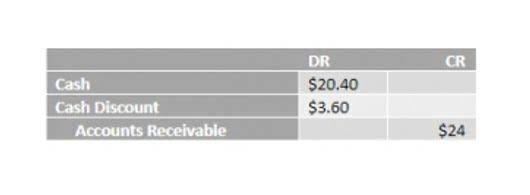Content

Now that we have looked at how to prepare a reconciliation, the purpose of the reconciliation should be quite obvious. The purpose is to ensure that the balance in a company’s cash account matches that in the company’s bank account after all necessary adjustments have been made to each. This ensures that any errors in either account are detected and gives an added sense of comfort in the reliability and accuracy of accounting records. Was it to make sure that you didn’t make any mistakes when you were adding deposits or subtracting expenses? I bet it was because you wanted to make sure that your balance in your checkbook was the same as the balance in the bank, right? Everything that we just talked about refers to what we in accounting commonly call doing a bank reconciliation.
- You need to subtract both checks from your bank balance, as well as any other checks listed in your check register that haven’t cleared.
- Ideally, you should reconcile your books of accounts with your bank account each time you receive the statement from your bank.
- This happens due to the time lag between when your business deposits cash or a cheque into its bank account and when your bank credits the same.
- The bank is correct most of the time, but will occasionally make a mistake.
- Notice that the bank reconciliation form above still does not balance, even after including the outstanding checks.
Whether this is a smart decision depends on the volume of transactions and your level of patience. For example, a restaurant or a busy retail store both process a lot of transactions and take in a lot of cash. They might reconcile on a daily basis to make sure everything matches and all cash receipts hit the bank account. On the other hand, a small online store—one that https://www.bookstime.com/ has days when there are no new transactions at all—could reconcile on a weekly or monthly basis. Thanks to bank reconciliation you can have a clear insight of the financial health of your company. Company A paid $3,750 worth of checks into its bank account and debited its cash book accordingly, but the bank has not yet credited the funds to the depositor’s account.
Step 1: Prepare your reconciliation form
There’s nothing harmful about outstanding checks/withdrawals or outstanding deposits/receipts, so long as you keep track of them. Bank reconciliations are like a fail-safe for making sure your accounts receivable never get out of control. And if you’re consistently seeing a discrepancy in accounts receivable between your https://www.bookstime.com/articles/preparing-a-bank-reconciliation balance sheet and your bank, you know you have a deeper issue to fix. Hopefully you never lose any sleep worrying about fraud—but reconciling bank statements is one way you can make sure it isn’t happening. As you can see, bank reconciliation, while not mandatory, is highly recommended for businesses of all sizes.











